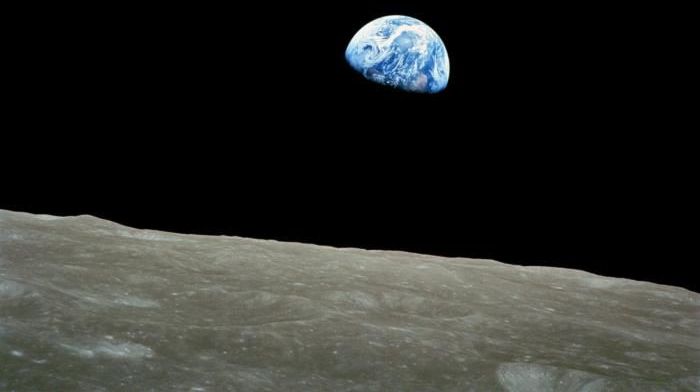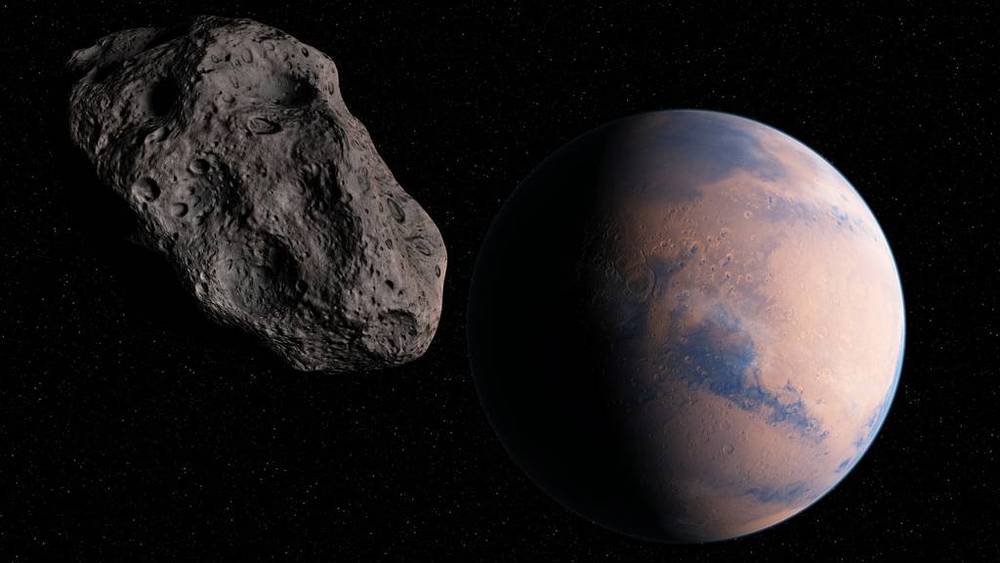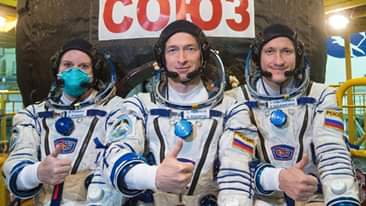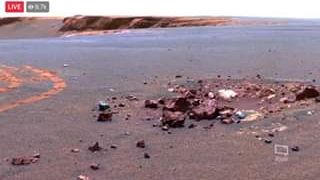I didn’t realize there was a moon-landing Bible verse until my pastor mentioned it a few weeks ago.
It seems that while returning from the historic first landing on the moon 50 years ago, astronaut Buzz Aldrin took part in a TV broadcast the night before splashing down. During the broadcast, the second man to set foot on the moon’s surface read Psalms 8:3–4: “When I consider thy heavens, the work of thy fingers, the moon and the stars, which thou has ordained; What is man that thou art mindful of him? And the Son of Man, that thou visitest him?”
It turns out Aldrin’s religious faith is not an anomaly. In fact, the 29 astronauts who visited the moon during the Apollo program were a generally religious cohort. According to NASA, 23 were Protestant and six Catholic, with a high proportion of them serving as church leaders in their congregations.









